Paid Ads vs Organic Traffic which one is better In the digital age of marketing, every company has to decide an important decision whether to utilize paid ads or focus solely on organic traffic. Both strategies have advantages, but deciding on the most effective one depends on your goals and your budget and time frame. We’ll discuss the advantages and advantages and disadvantages of each method to help you make an informed decision.
What is Organic Traffic?
Organic traffic refers to users who come to your website via search results that are not paid. It is caused by efficient SEO strategies, quality content, and audience interaction.
What is Paid Advertising?
Paid advertisements promote content on platforms such as Google Ads, Facebook Ads, and Instagram Ads in order to connect with specific viewers immediately.
Benefits of Organic Traffic
- Cost-Effective: You don’t have to pay for every click that comes to your site. Once you invest in SEO (like improving your website and content), it keeps working for you without having to spend money on each visitor.
- Builds Credibility: People tend to trust organic search results more than paid ads. When your site shows up naturally in search engines, it gives off a vibe of being more trustworthy and reliable.
- Long-Term Results: SEO is like planting a tree. Once it’s set up, it can bring in visitors for months or even years without needing to pay again. Ads, on the other hand, stop as soon as you stop paying.
- Higher Click-Through Rate (CTR): Studies show that people click on organic results more often than on paid ads. When you rank well naturally, you’re likely to get more clicks.
Benefits of Paid Ads
- Immediate Results: As soon as you launch an ad, it starts driving traffic to your site right away. If you want quick results, paid ads are a fast way to do it.
- Highly Targeted:Paid ads let you focus on specific groups of people, like by age, location, interests, and even behaviors. It’s great if you want to reach a very specific audience.
- Scalable: If you want to reach more people, you can simply increase your ad budget. You can scale up or down depending on your goals.
- Multiple Ad Formats: Paid ads come in different forms, including search ads (on search engines), display ads (banners), and even video ads. This gives you flexibility in how you want to present your product or service.
Challenges of Organic Traffic
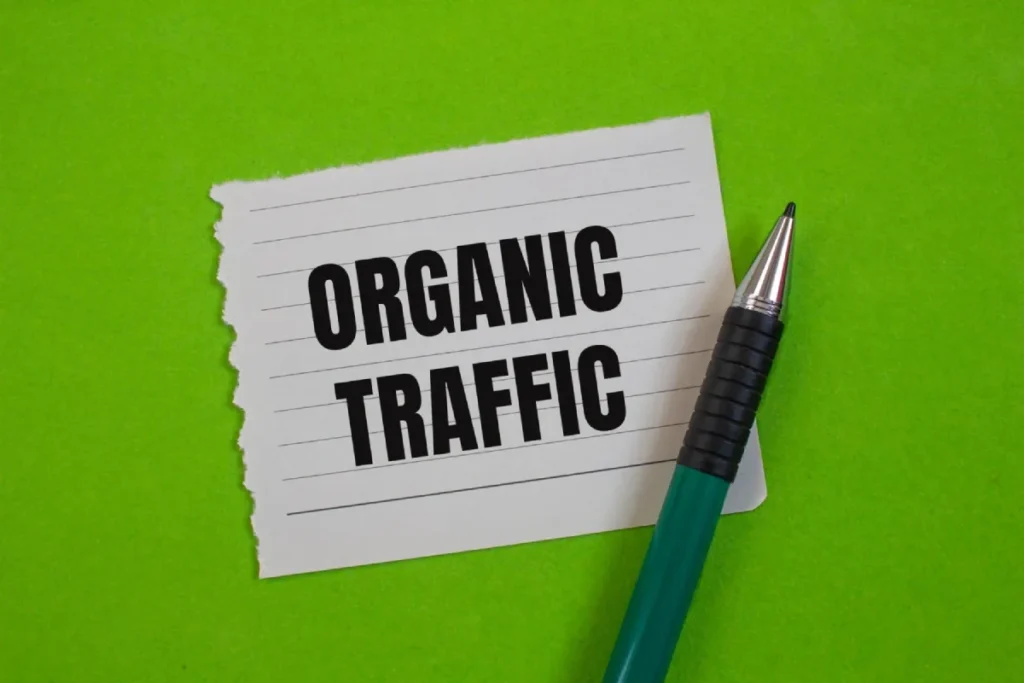
If you’re trying to boost your site’s organic traffic, you’ve probably realized that it’s not as simple as it may sound. Although SEO is an effective strategy, however, it has its own set of difficulties. Let’s discuss some of the most difficult hurdles you may encounter.
It Takes a Lot of Time
Unlike paid ads, SEO doesn’t deliver instant results. It can take months—sometimes even a year—to see a noticeable increase in traffic. Search engines need time to crawl and index your content, and even then, you have to build credibility before ranking higher.
Google Keeps Changing the Rules
Search engine algorithms are always evolving. One day, your website will rank well, and the next, a new Google update could push it down. Keeping up with these changes requires constant learning and adjustments.
It’s Super Competitive
Everyone would like to be on the front page of Google. However, it’s only possible to get 10 positions. If you’re in a highly-rated sector, you’re competing with established websites that have optimized for many years. To beat them, you need to have high-quality web content, strong backlinks, and smart SEO work.
Quality Content is a Must
Google favors valuable, well-researched, and engaging content. This means you can’t just throw together a few blog posts and expect traffic. You need to consistently create content that helps your audience while also optimizing it for search engines.
Backlinks Are Hard to Get
Backlinks (links from other websites to yours) are one of the strongest ranking factors. But earning them takes time and effort. You need to network, guest post, and create share-worthy content that other sites want to link to.
User Experience Matters More Than Ever
SEO isn’t just about keywords. Google also considers things like page speed, mobile-friendliness, and site structure. If your website is slow or hard to navigate, you might struggle to rank, no matter how good your content is.
Not Every Visitor Converts
Even if you manage to get traffic, that doesn’t guarantee sales or leads. Many visitors might leave without taking action. That’s why SEO needs to be combined with strong call-to-actions, lead magnets, and a well-designed website to turn visitors into customers.
Challenges of Paid Ads

Running paid ads sounds like a quick way to get traffic, but it’s not always smooth sailing. While ads can bring instant results, they also come with some major challenges. Let’s go over the biggest issues you might face.
It Gets Expensive Fast
Unlike organic traffic, where your content can rank for free, paid ads require continuous spending. If you’re in a competitive industry, the cost per click (CPC) can be extremely high. And the moment you stop paying, your traffic disappears.
Results Don’t Last
Paid ads are great for instant visibility, but they don’t provide long-term benefits. Once your budget runs out, your ads stop, and so does your traffic. Unlike SEO, which builds lasting authority, ads only work while you’re spending money.
Ad Fatigue is Real
When people see the same ads over and over, they start ignoring them. This is called ad fatigue, and it can hurt your campaign performance. To keep engagement high, you have to constantly refresh your ad creatives, headlines, and targeting strategies.
Clicking Doesn’t Always Mean Buying
Just because someone clicks on your ad doesn’t mean they’ll make a purchase. Many users browse without any real intent to buy. If your landing page isn’t well-optimized or your offer isn’t convincing, you could waste a lot of money on clicks that don’t convert.
Competition is Fierce
Everyone is fighting for attention, especially in high-demand industries. If your competitors have bigger budgets, they can outbid you, making it harder to get the visibility you need. This often forces businesses to spend even more to stay in the game.
Platform Rules Keep Changing
Google, Facebook, and other ad platforms constantly update their policies and algorithms. What worked last month might not work today. If you don’t keep up, your ads could perform poorly or even get suspended.
Tracking and Optimization Take Time
Running a successful ad campaign isn’t just about setting it up and forgetting it. You need to analyze data, tweak targeting, adjust bids, and test different ad creatives. Without ongoing optimization, your costs can rise, and your results can drop.
Paid Ads vs Organic Traffic: The Real Differences
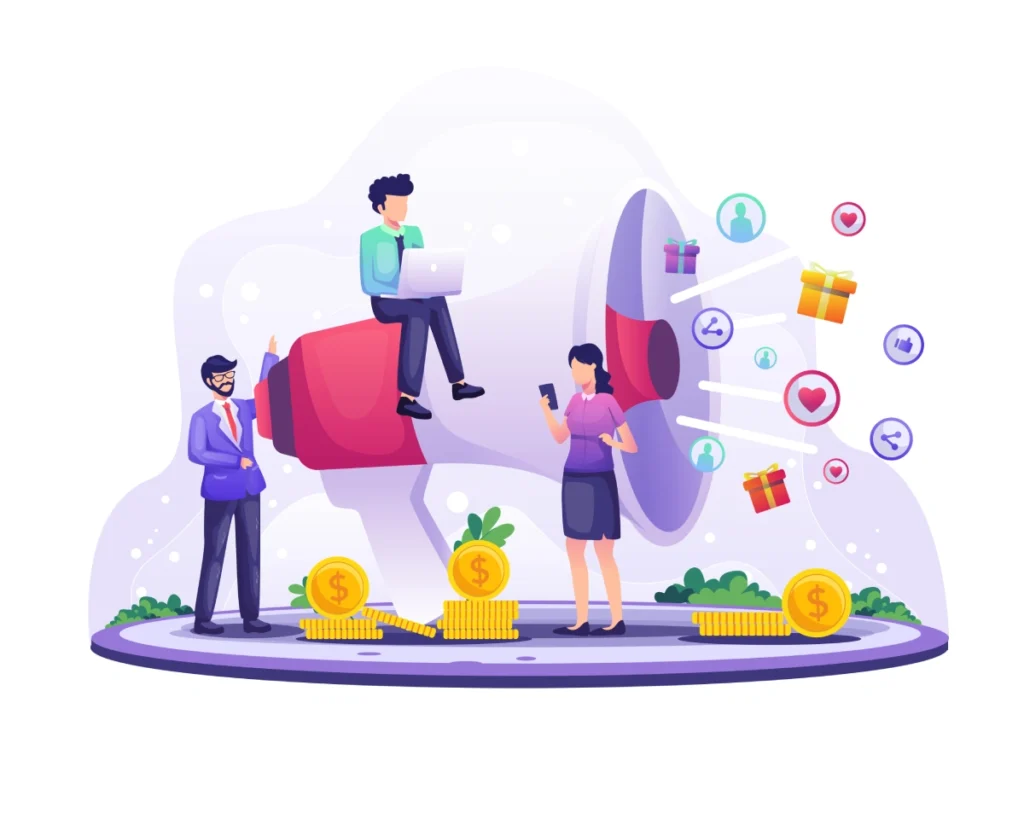
When it comes to driving traffic to your website, you have two main options: paid ads vs organic traffic. Both can bring visitors, but they work in very different ways. Let’s break down the key differences so you can decide which one suits your business best.
Speed of Results
- Paid Ads: Instant results. As soon as your ad is live, you start getting traffic.
- Organic Traffic: Slow and steady. SEO takes time—sometimes months—to rank and get consistent visitors.
If you need quick sales, paid ads are the way to go. But for long-term growth, organic SEO is essential.
Cost and Investment
- Paid Ads: You pay for every click or impression. Costs can add up quickly, especially in competitive industries. Once you stop paying, traffic stops.
- Organic Traffic: No direct costs per click. However, it requires investment in content creation, SEO tools, and link building.
Paid ads give fast results, but SEO provides long-term value without ongoing costs per visitor.
Sustainability and Long-Term Benefits
- Paid Ads: Short-term. Once your ad campaign ends, traffic disappears.
- Organic Traffic: Long-lasting. If you rank well, you can keep getting traffic for months or even years without extra effort.
SEO is like planting a tree—it takes time, but once it grows, it keeps giving results.
Trust and Credibility
- Paid Ads: People know it’s an ad, so that they might be skeptical. Many users skip paid results and go for organic listings.
- Organic Traffic: More trust. Ranking on the first page of Google naturally makes your site look more credible.
People trust organic results more because they see them as earned rather than bought.
Click-Through Rate (CTR)
- Paid Ads: Lower CTR because users often skip ads unless they find them highly relevant.
- Organic Traffic: Higher CTR because users trust organic results more than paid ads.
A number-one organic ranking can get more clicks than a paid ad in the same position.
Effort and Maintenance
- Paid Ads: Requires constant monitoring, budget adjustments, and creative updates to stay effective.
- Organic Traffic: Needs ongoing SEO efforts, but once established, it requires less maintenance than ads.
Both require effort, but SEO can be more passive once rankings are achieved.
Conversion Rates
- Paid Ads: They can have higher conversion rates if targeted well, as ads reach users who are actively looking for solutions.
- Organic Traffic: Converts well, too, but not all visitors are ready to take action immediately.
Paid ads are great for targeting ready-to-buy customers, while organic traffic nurtures leads over time.
Which One Should You Choose?
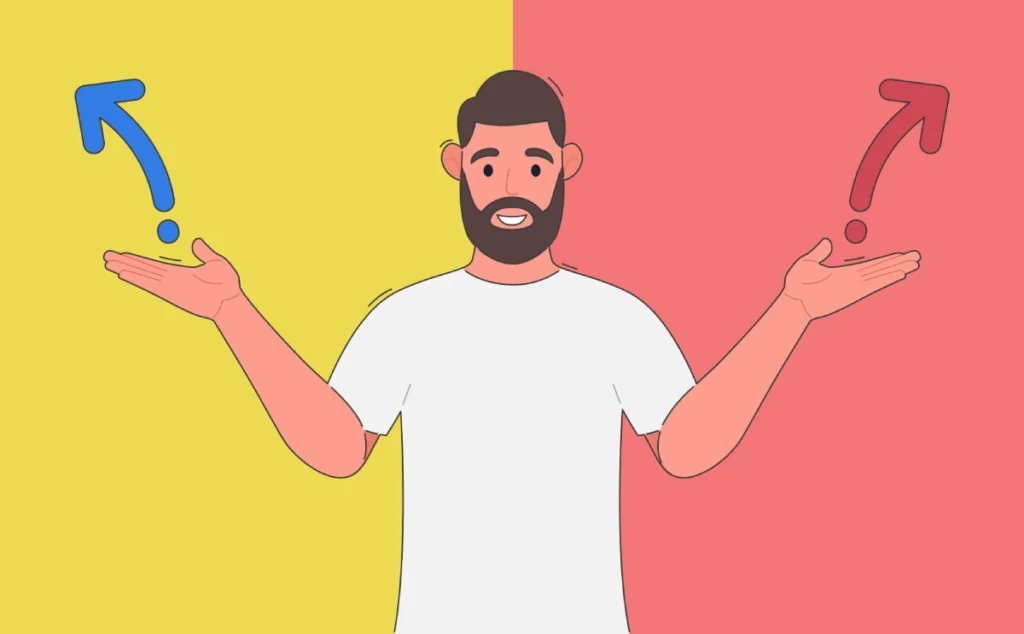
The best approach depends on your business goals:
- If you need quick traffic and have a budget, paid ads work best.
- If you want sustainable, cost-effective growth, organic SEO is the way to go.
- For the best results, use both. Paid ads can bring instant traffic, while SEO builds long-term authority.
Pro Tips to Maximize Both Organic Traffic and Paid Ads
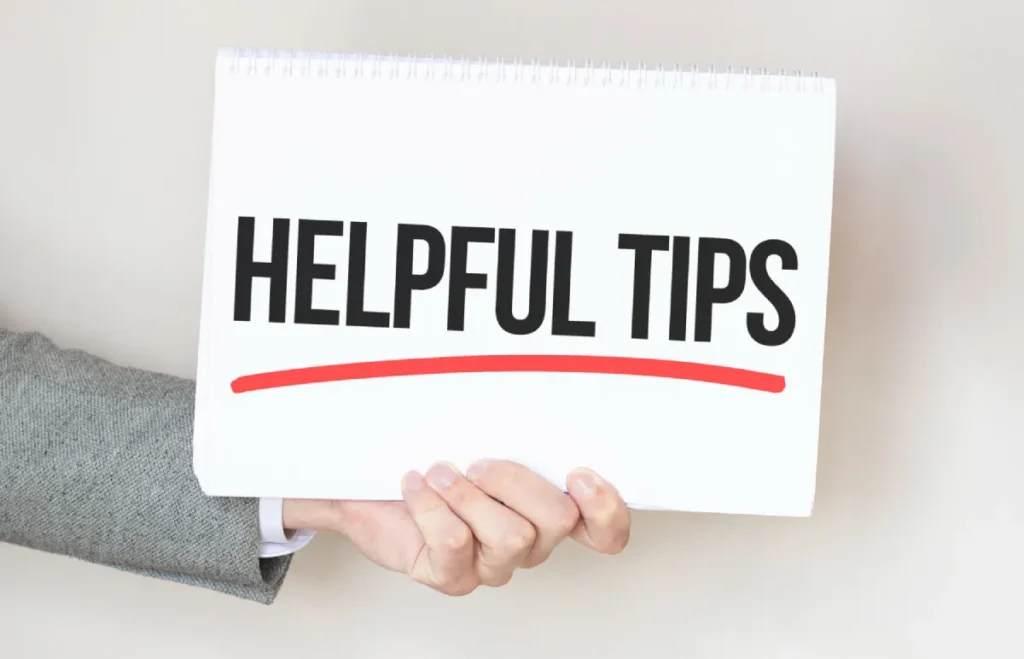
Want to drive more traffic to your website? Both organic traffic and paid ads are key strategies. Here’s how you can take full advantage of both!
Organic Traffic Tips:
Focus on High-Intent Keywords: Find keywords that your potential customers are searching for when they’re ready to make a decision. These are the kinds of terms that will bring in people who are already interested in what you offer.
Create Valuable Blog Posts and Videos: Posting content that educates or helps your audience—like how-to guides or informative videos—can keep people engaged longer. When your content is helpful, visitors are more likely to share it, which is great for growing your reach.
Build Backlinks from Reliable Sources: Having other trustworthy websites link back to your site is like getting a recommendation from a friend. It shows search engines that your site is legit and boosts your rankings.
Make Your Site Fast and Easy to Us: People don’t like waiting for a slow website, and neither do search engines! Make sure your site loads quickly and is easy to navigate so users have a smooth experience.
Paid Ads Tips:
A/B Test Your Ads: Testing different versions of your ads—whether it’s the images, headlines, or call to action—helps you figure out what resonates best with your audience. Always test and adjust to improve your results.
Retarget Past Visitors: If someone visited your site but didn’t make a purchase or take action, you can use retargeting ads to bring them back. This is a great way to convert those “almost-customers” into actual ones.
Focus on High-ROI Ad Platforms Like Google and Facebook: Platforms like Google Ads and Facebook are popular for a reason. They let you target specific audiences, which means you can reach the right people with your ads. Focus your budget on the platforms that give you the best return.
Track and Adjust Based on Results: It’s important to keep an eye on how your ads are performing. Look at what’s working and what isn’t, and adjust your campaigns to spend more on what’s bringing in the best results.
By combining solid organic traffic strategies with smart paid ads, you’ll get the best of both worlds and drive more visitors to your site. Keep testing, improving, and refining for the best results!s!
What You Need to Know in the Final
Both paid ads vs organic traffic have their place in a well-rounded digital marketing strategy. If you’re looking for quick results, paid advertising is your best bet. If you want to build sustainable, long-term traffic, focus on SEO and organic growth. The smartest businesses leverage both to achieve maximum success.
Which strategy has worked best for you? Share your thoughts in the comments!


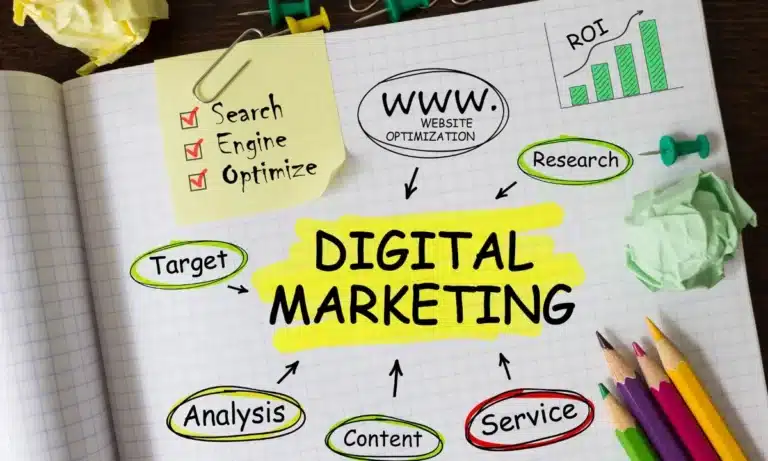

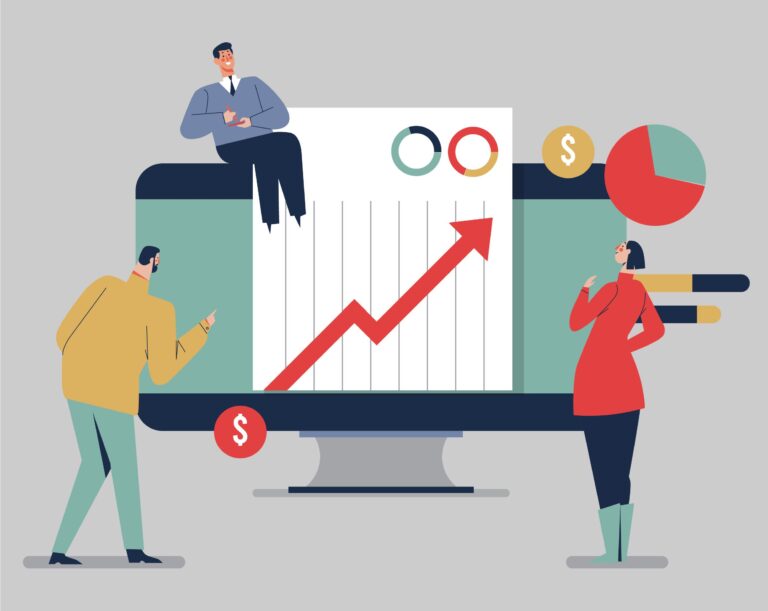

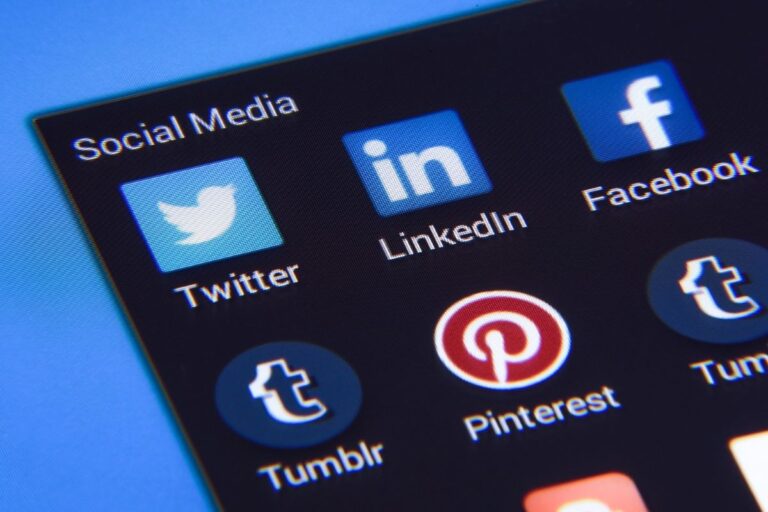
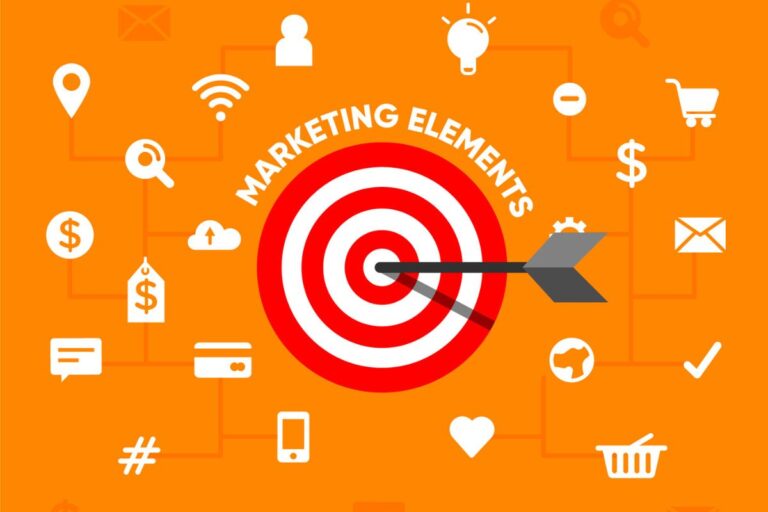
2 Responses
I have learn several good stuff here. Definitely price bookmarking for revisiting. I wonder how so much effort you place to create such a excellent informative website.
Very instructive and good anatomical structure of content material, now that’s user genial (:.